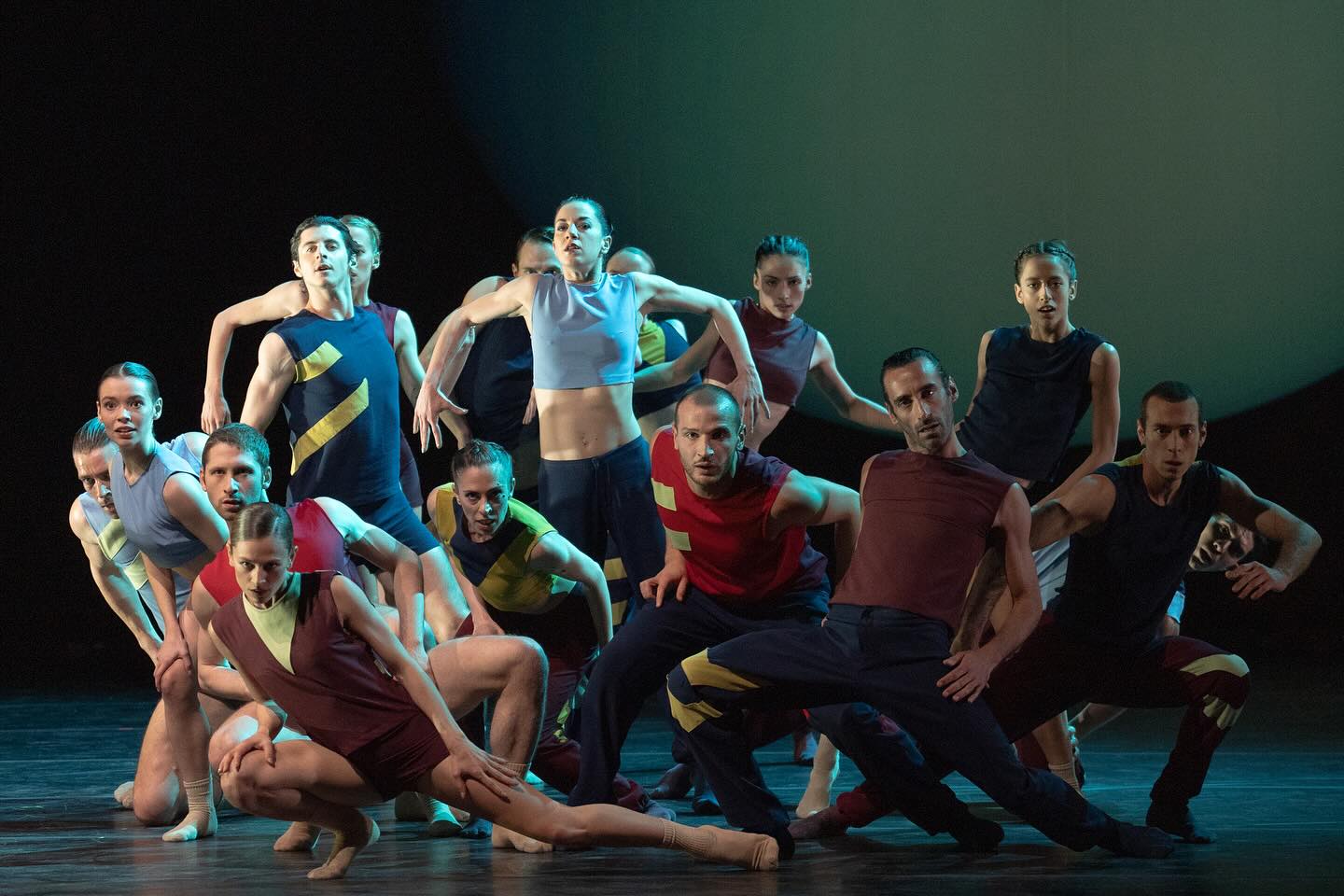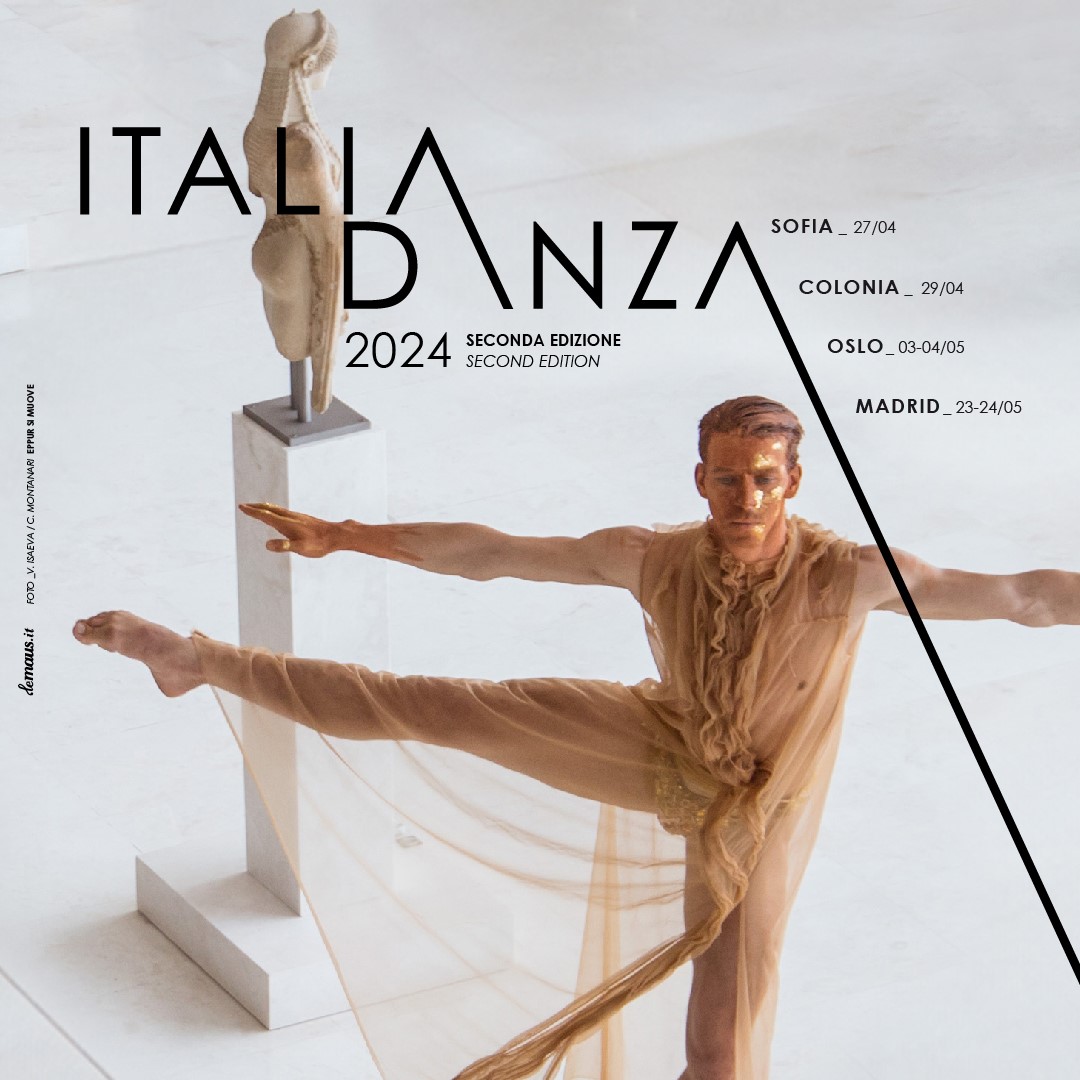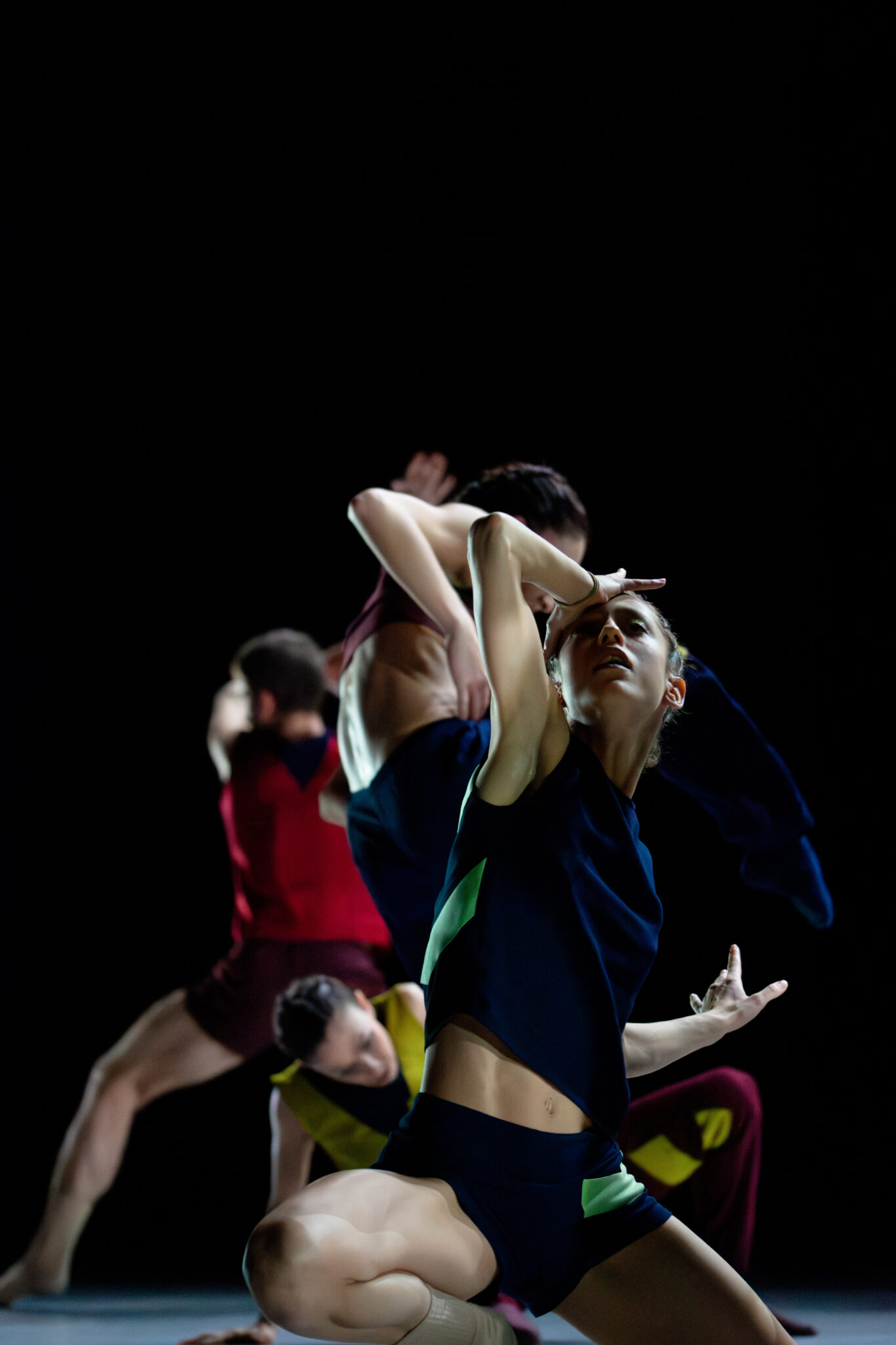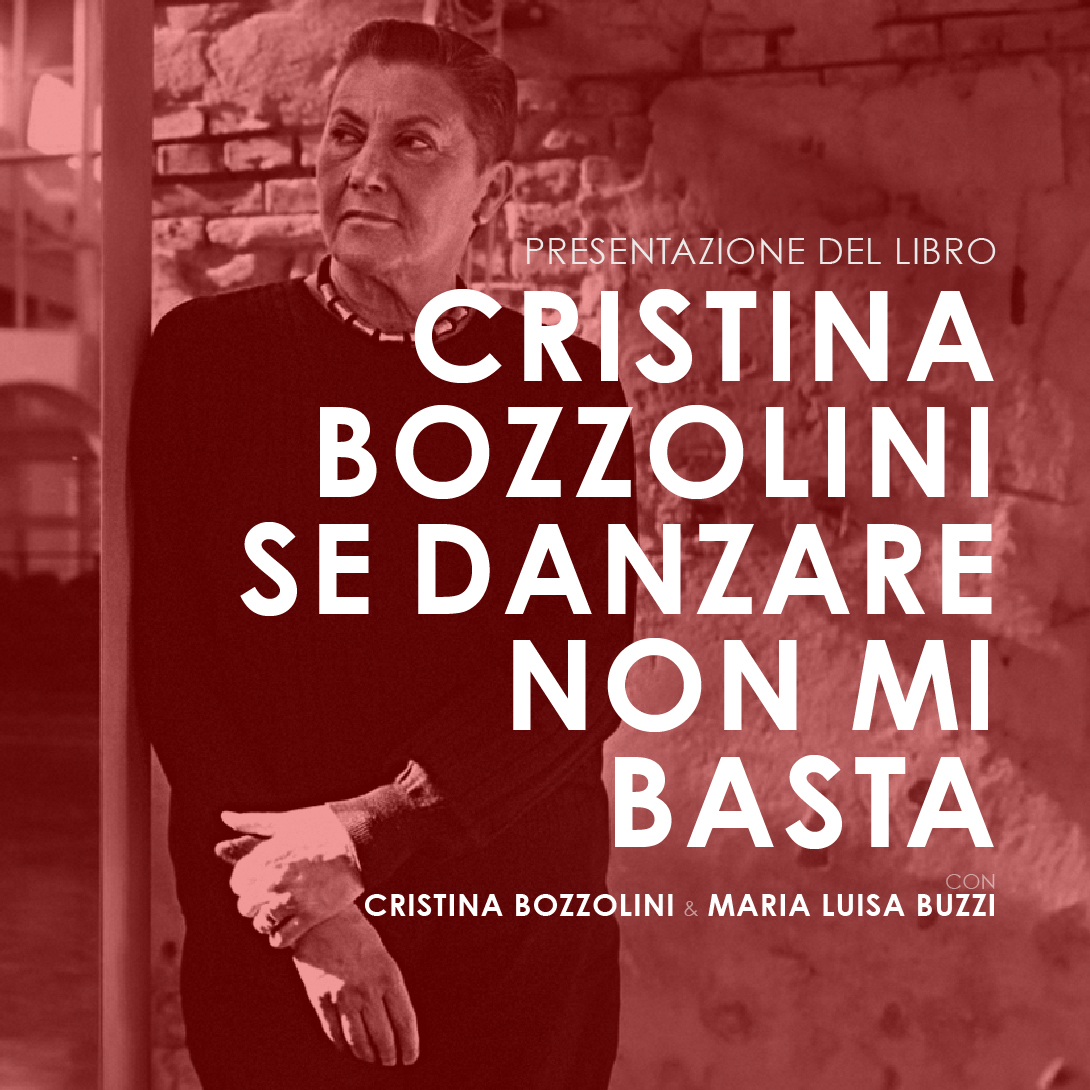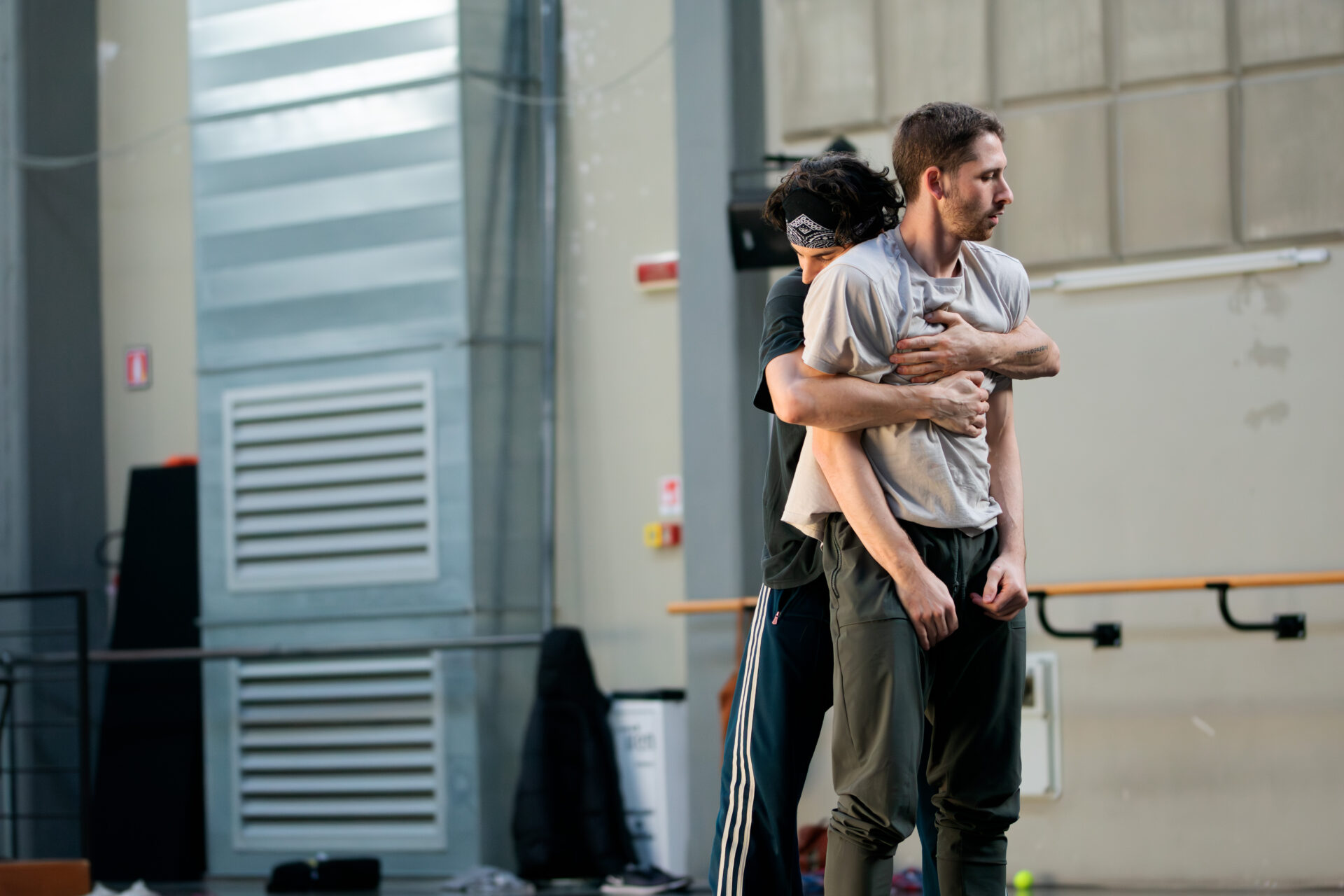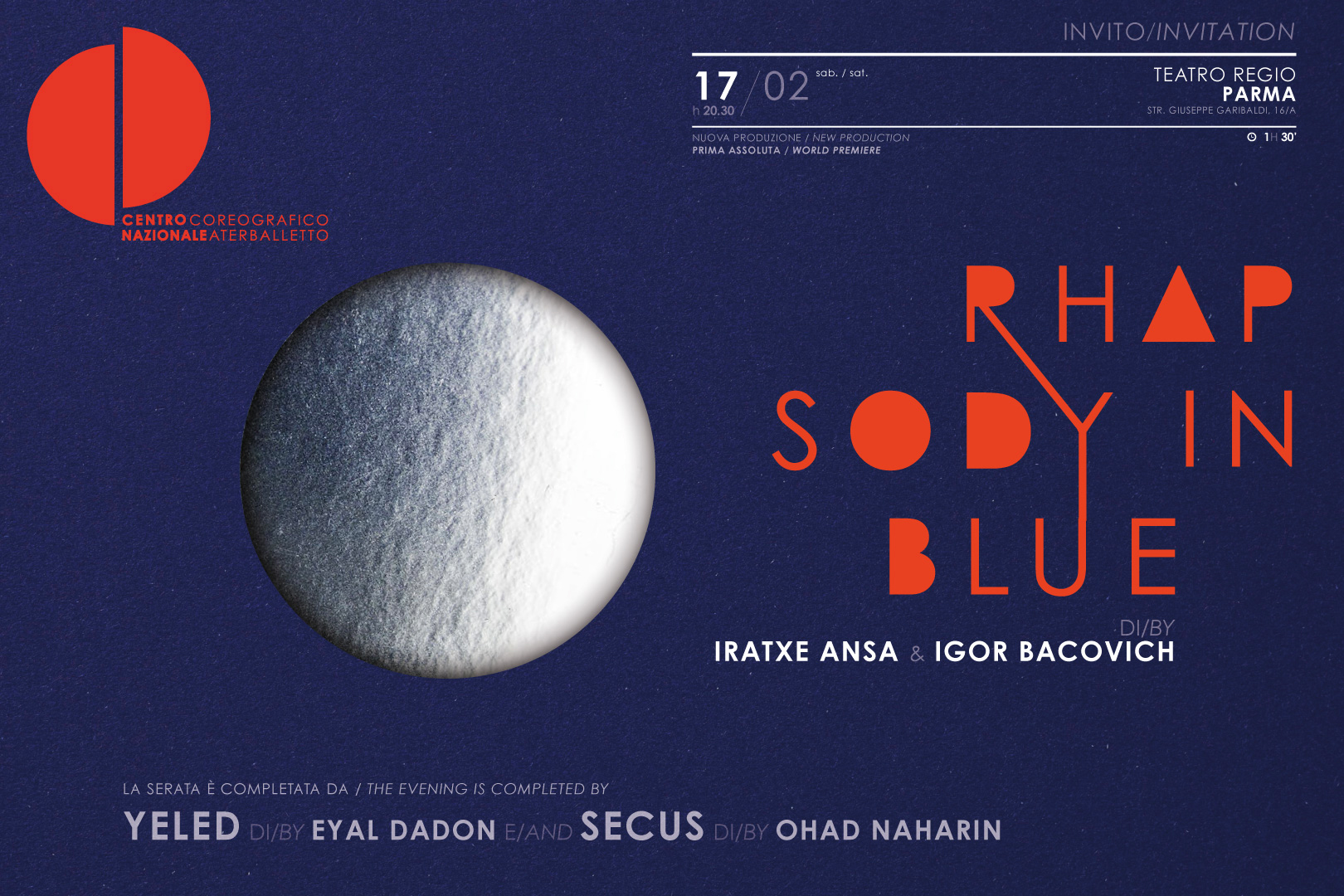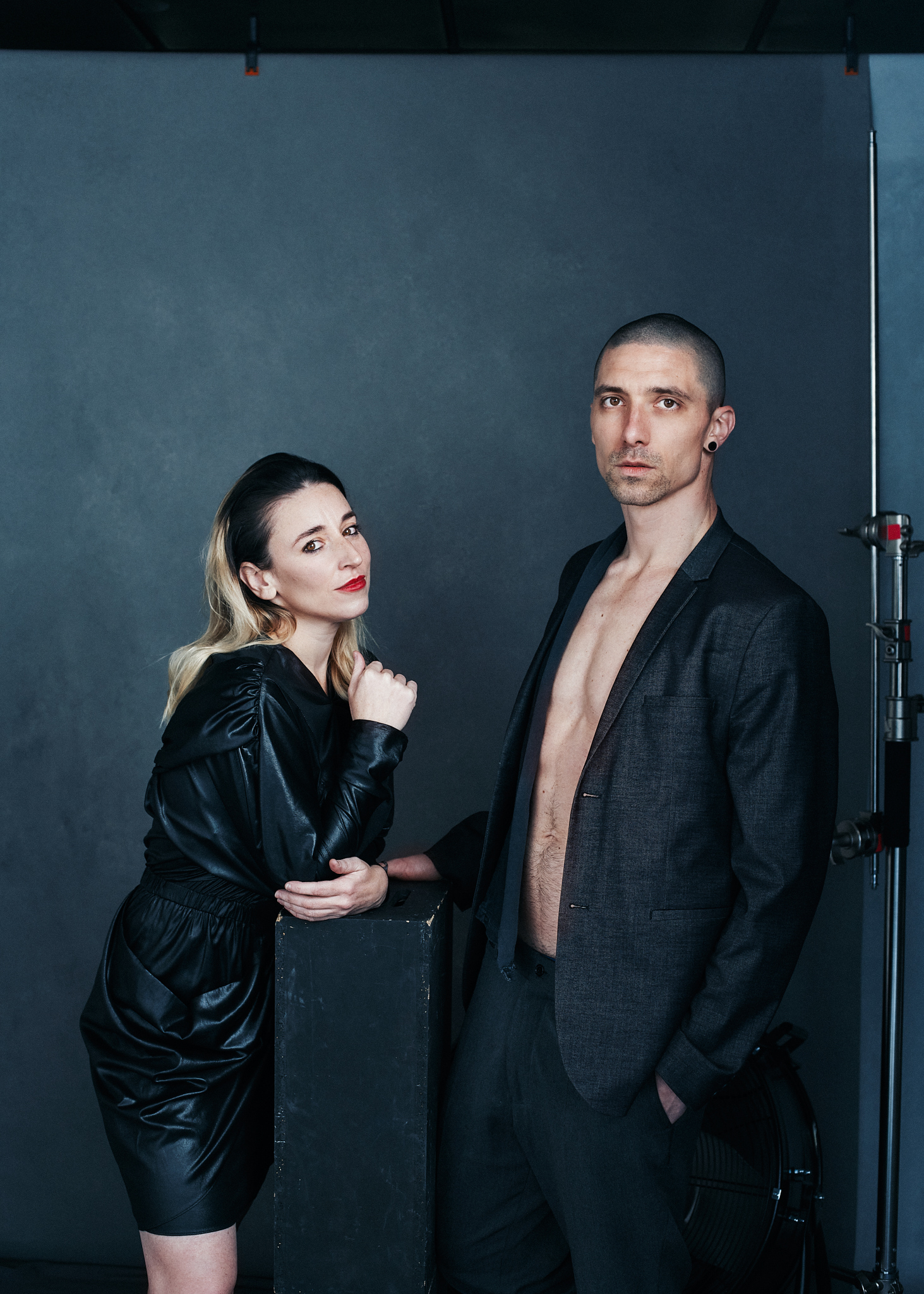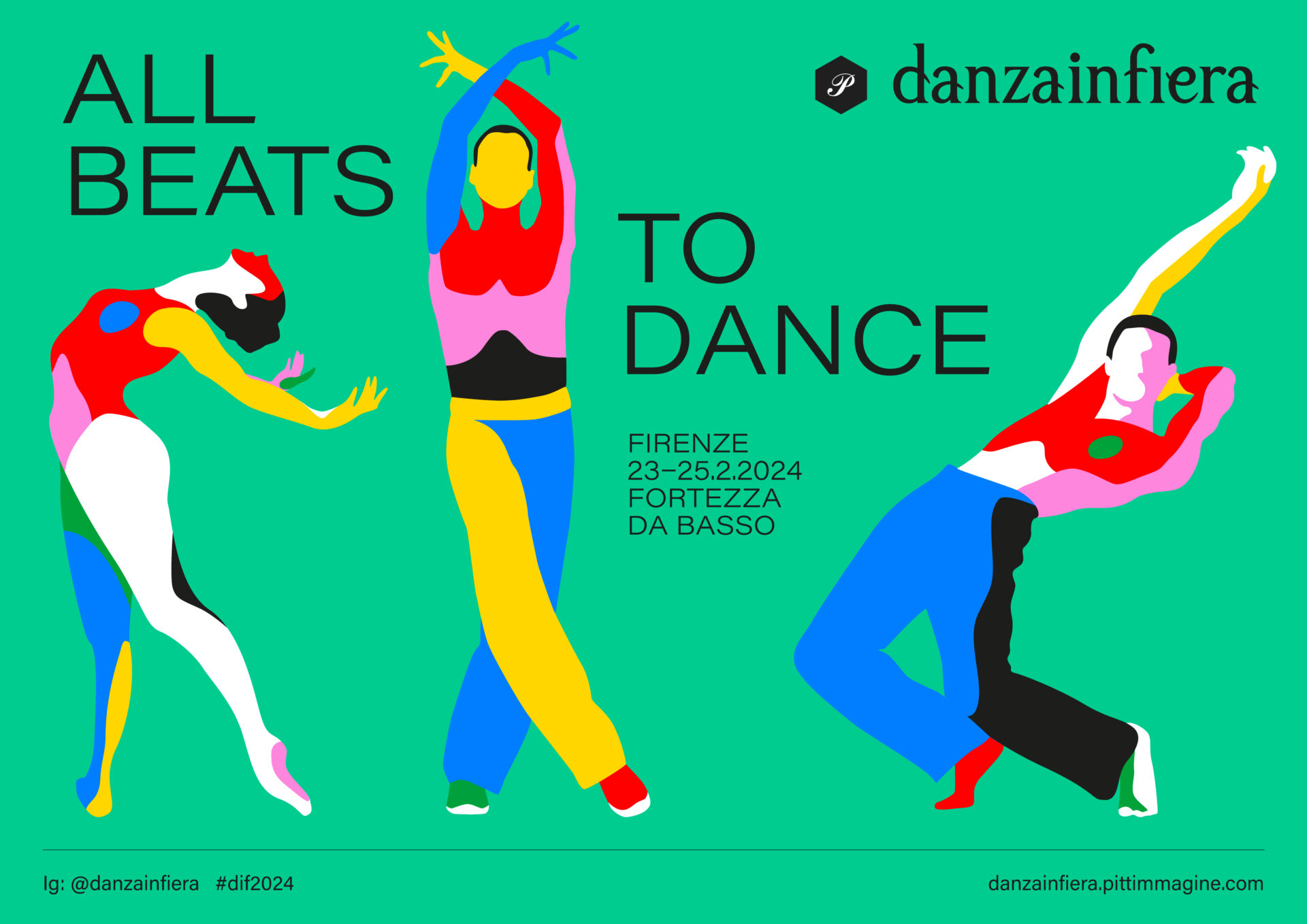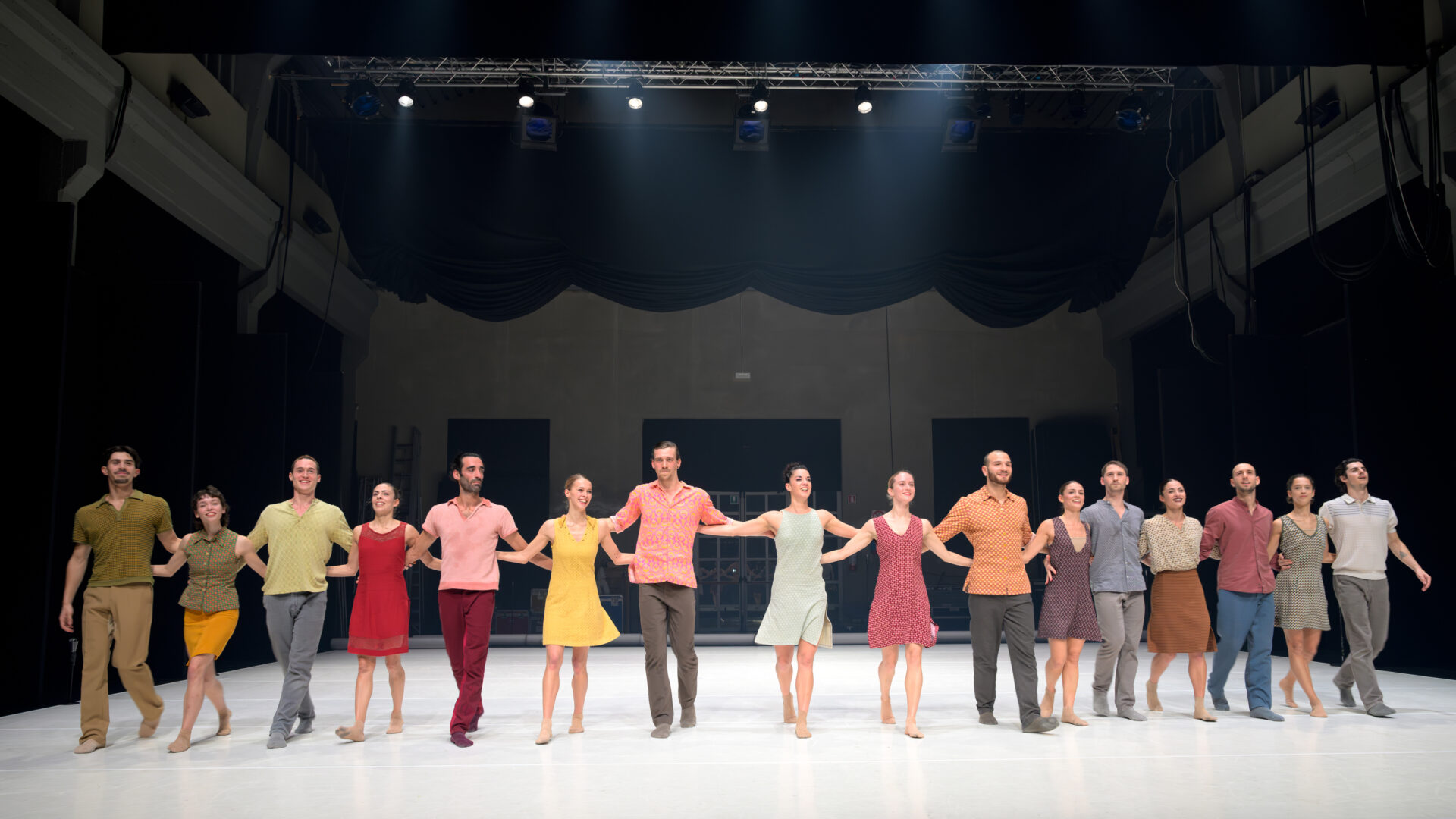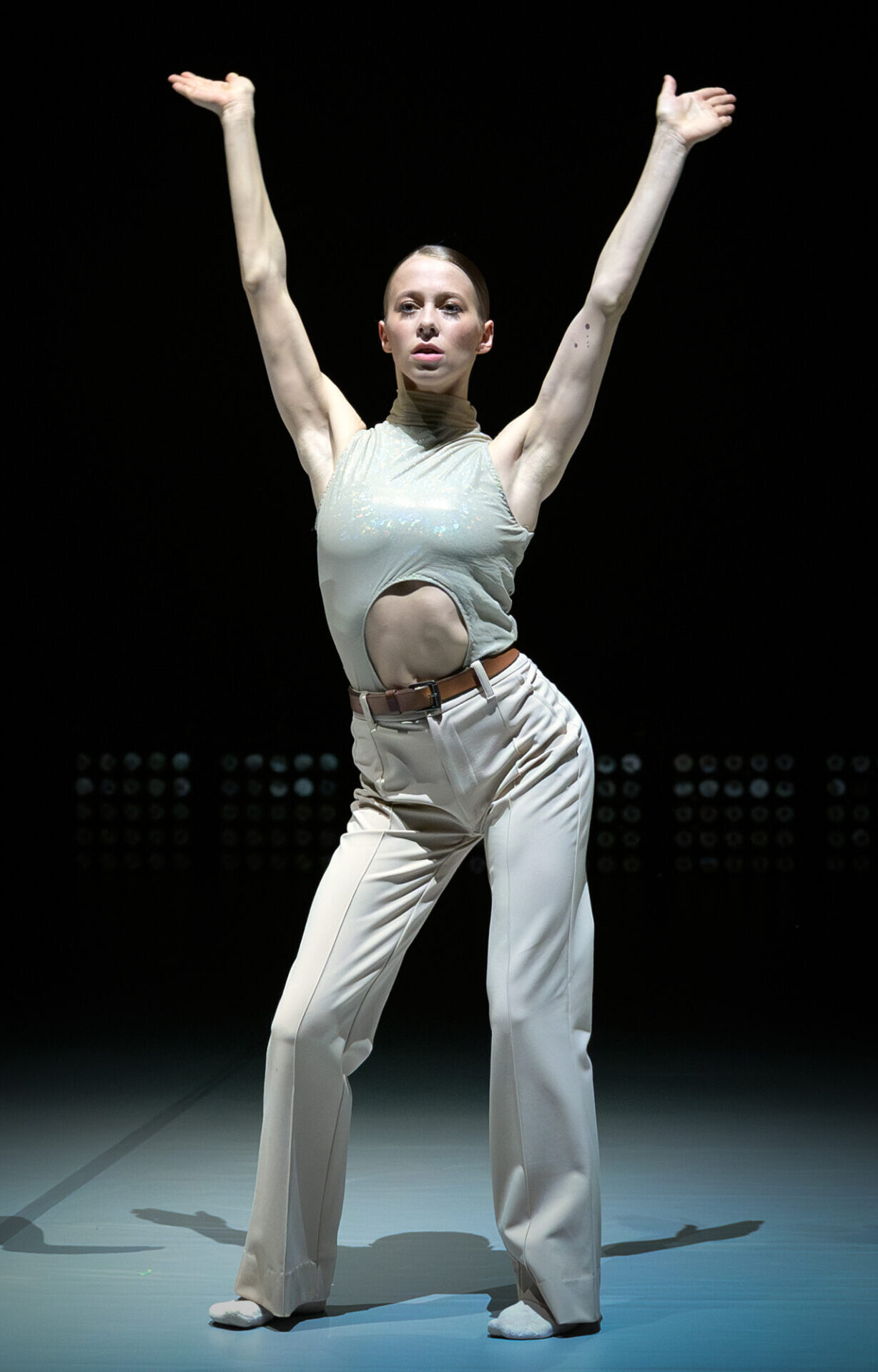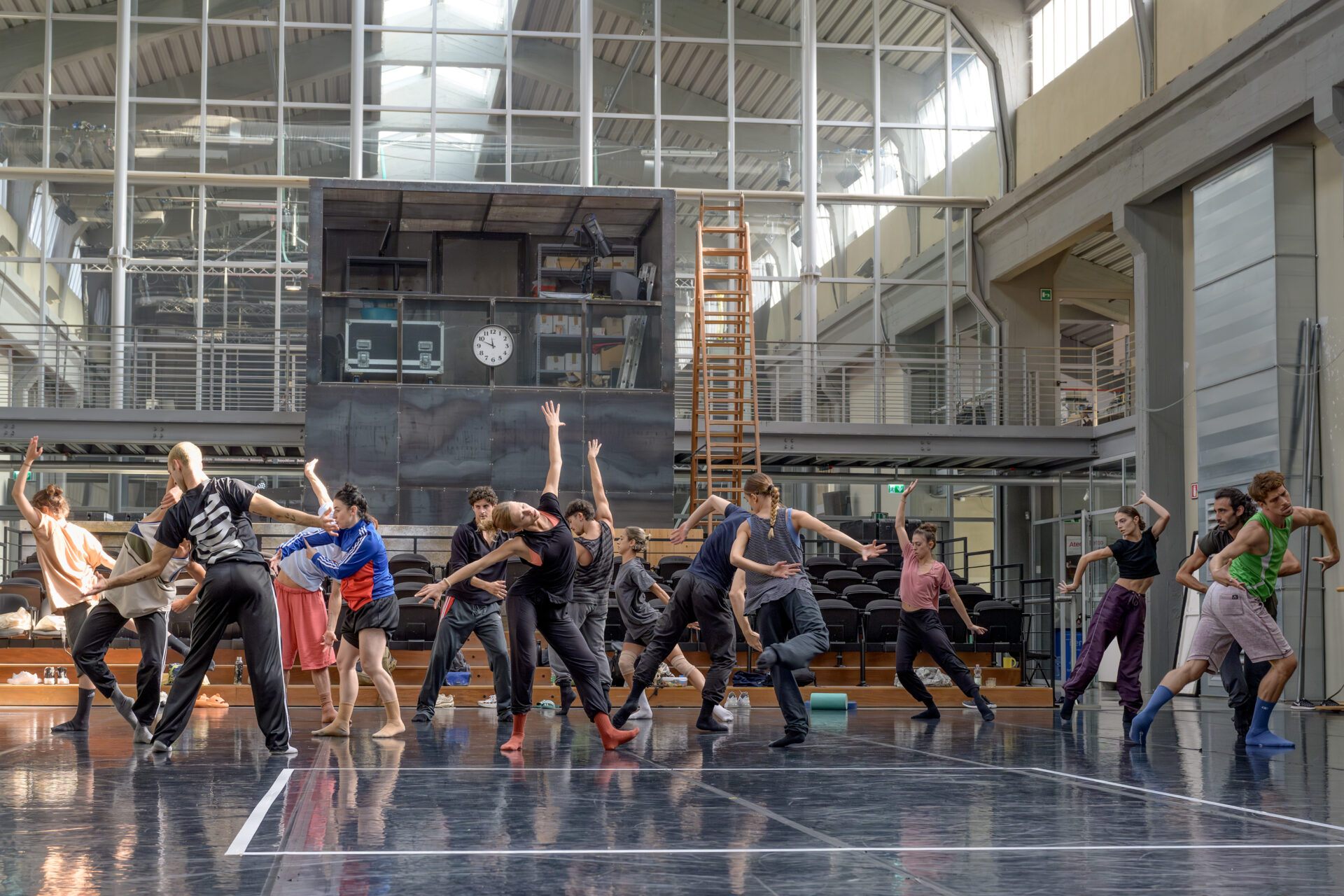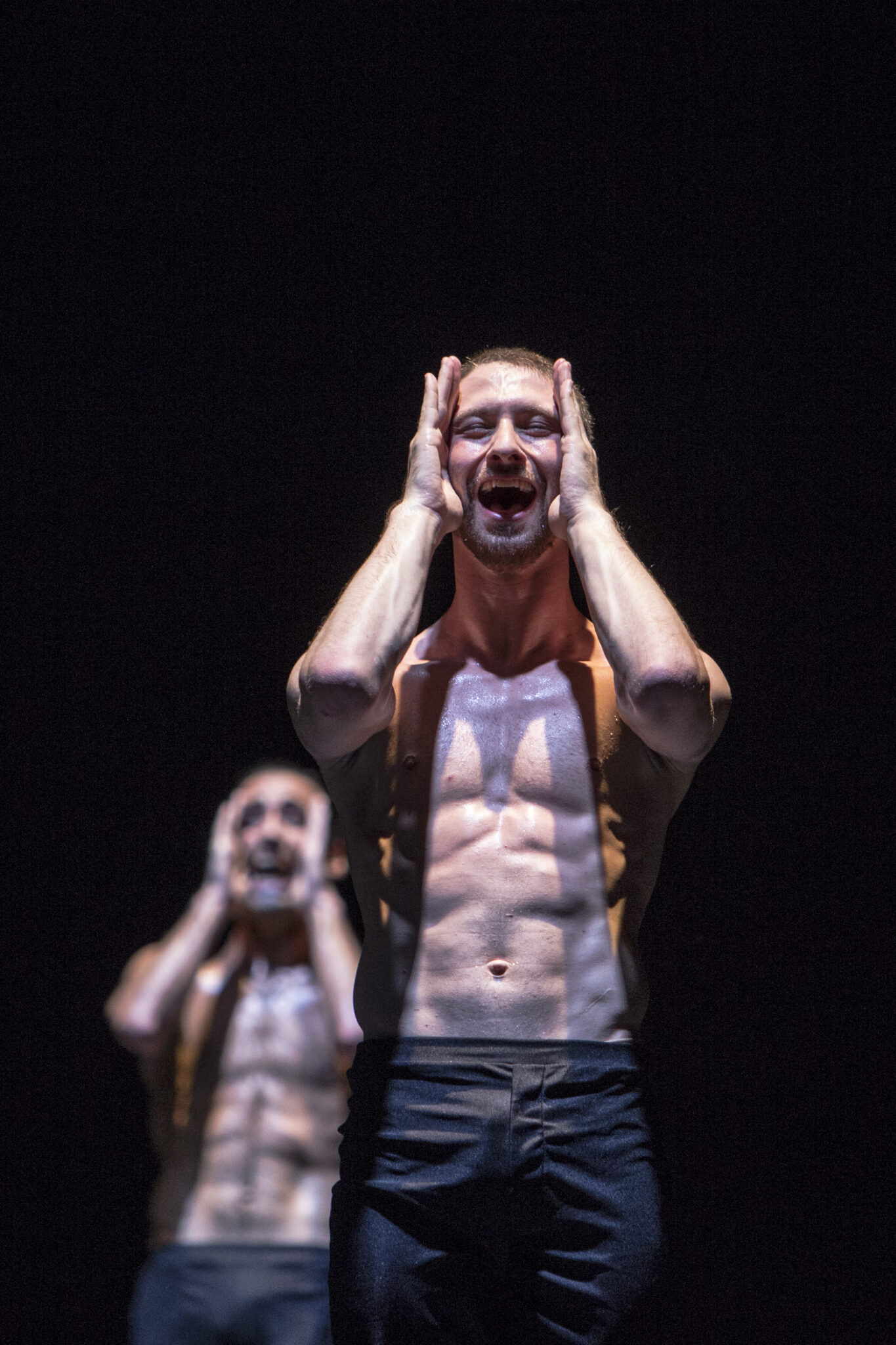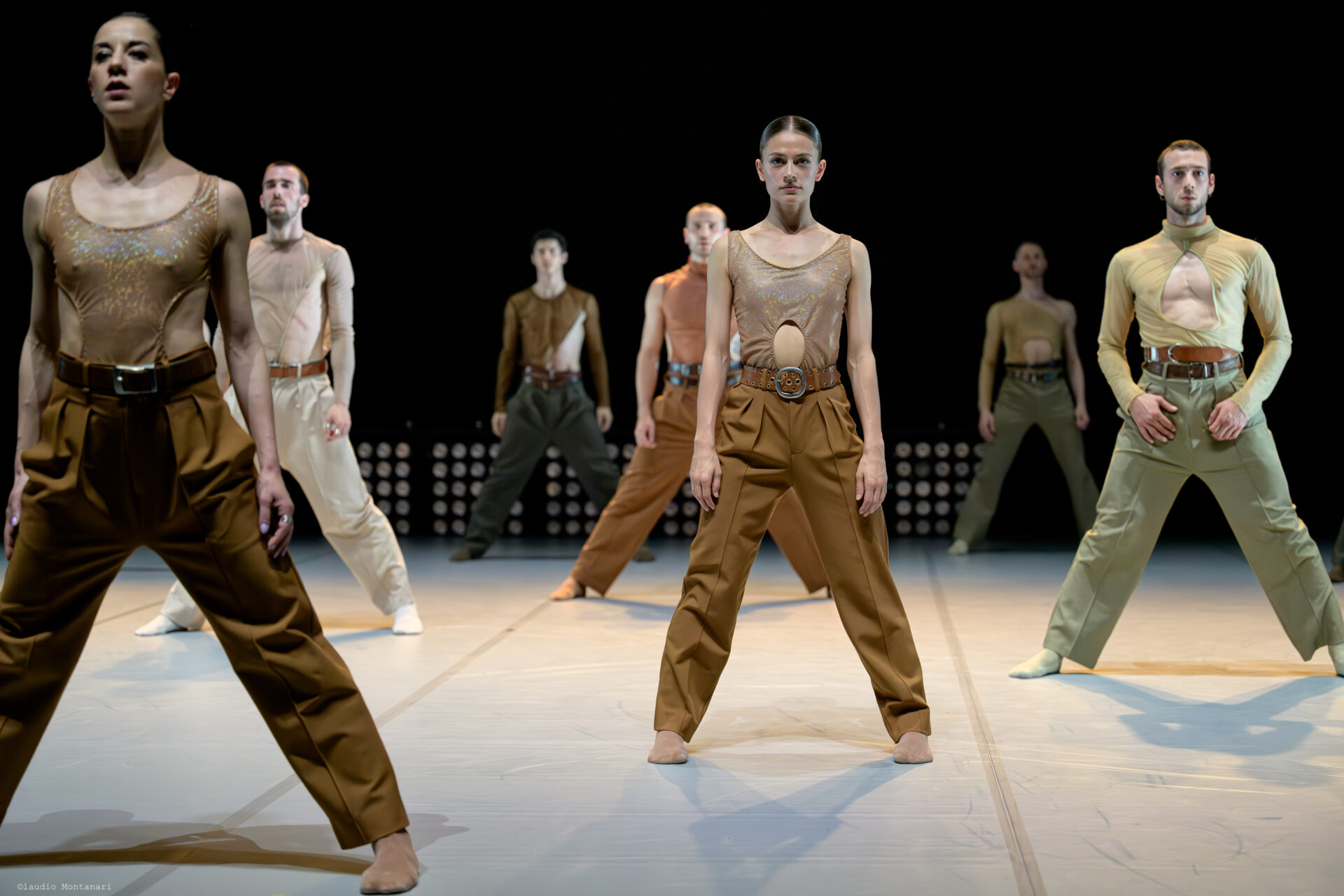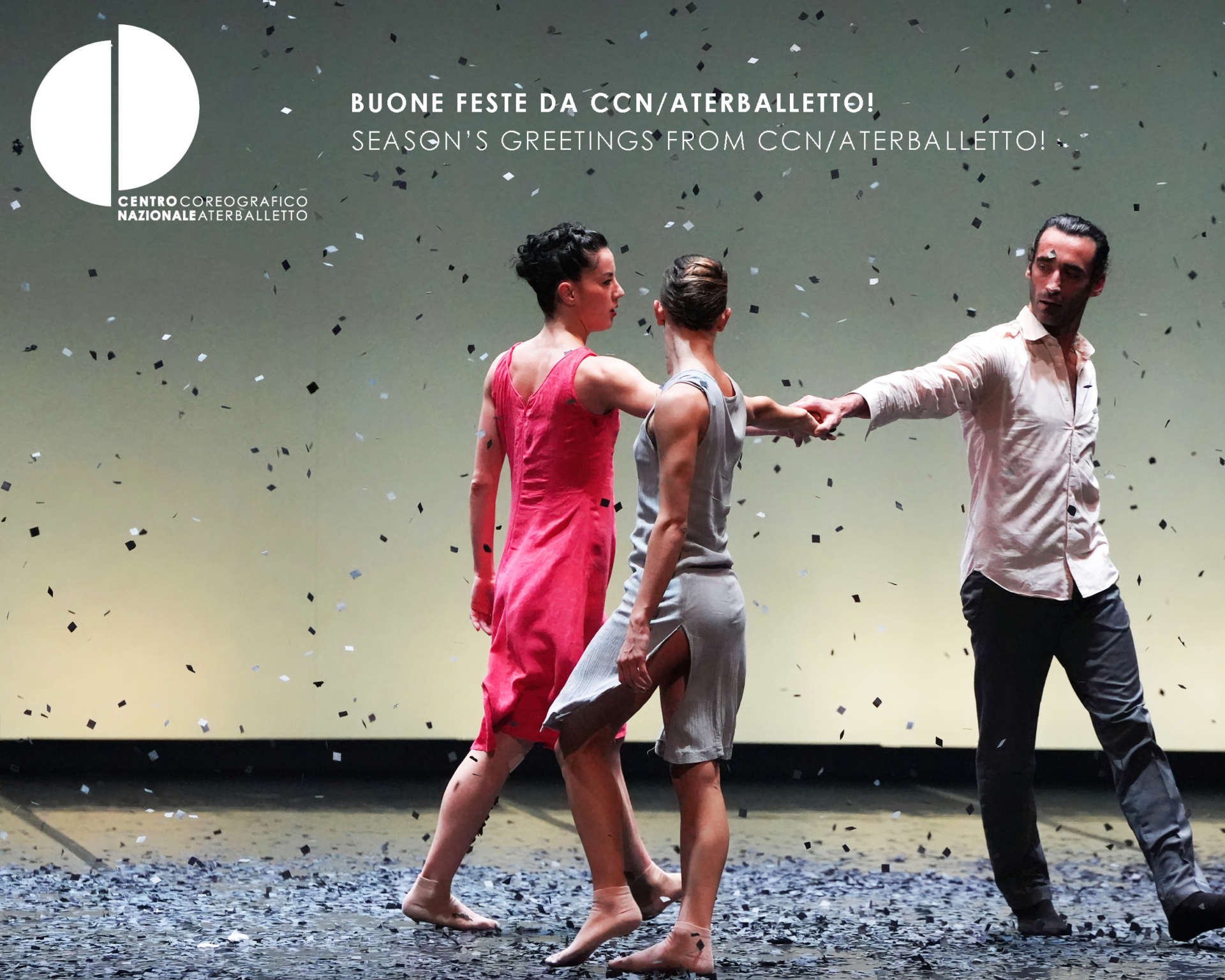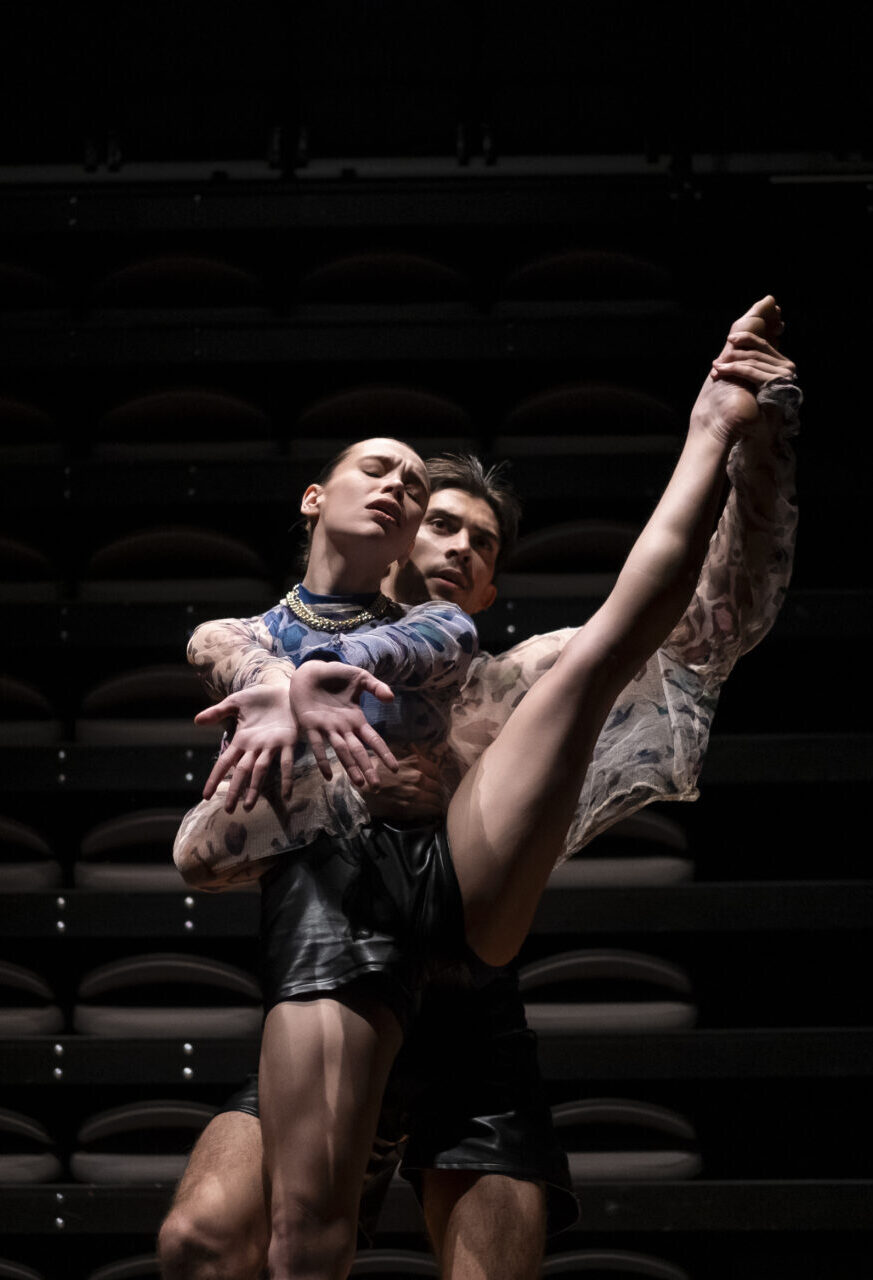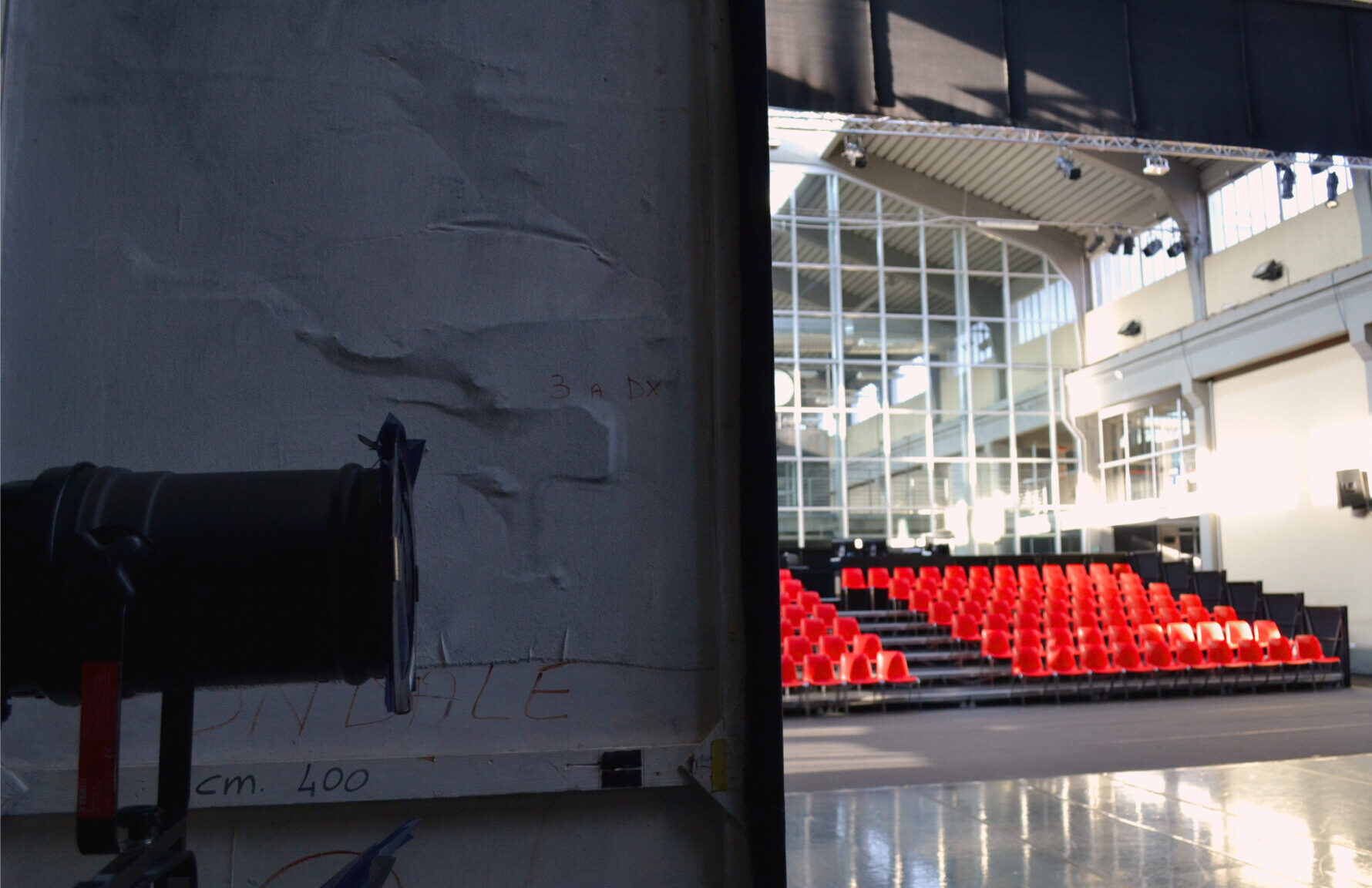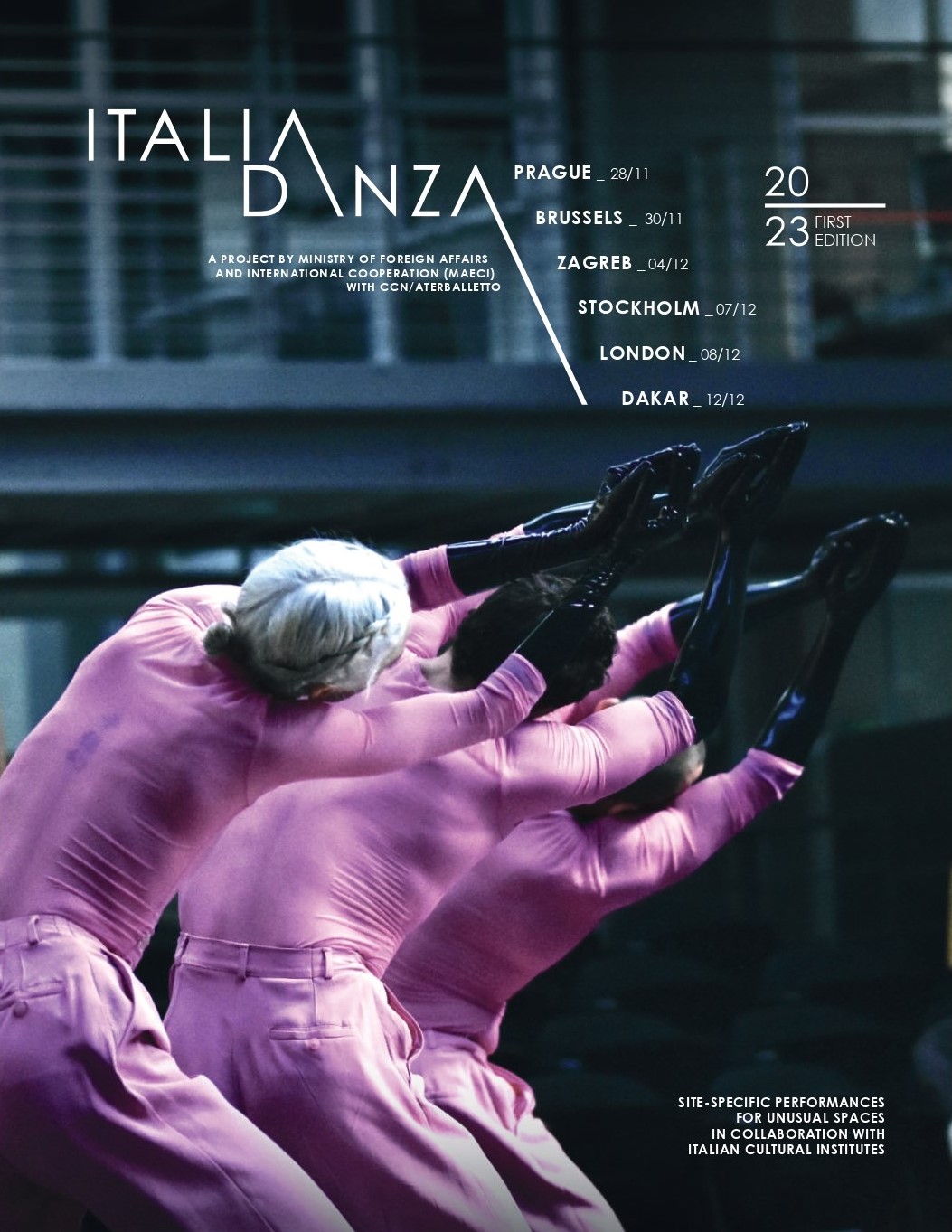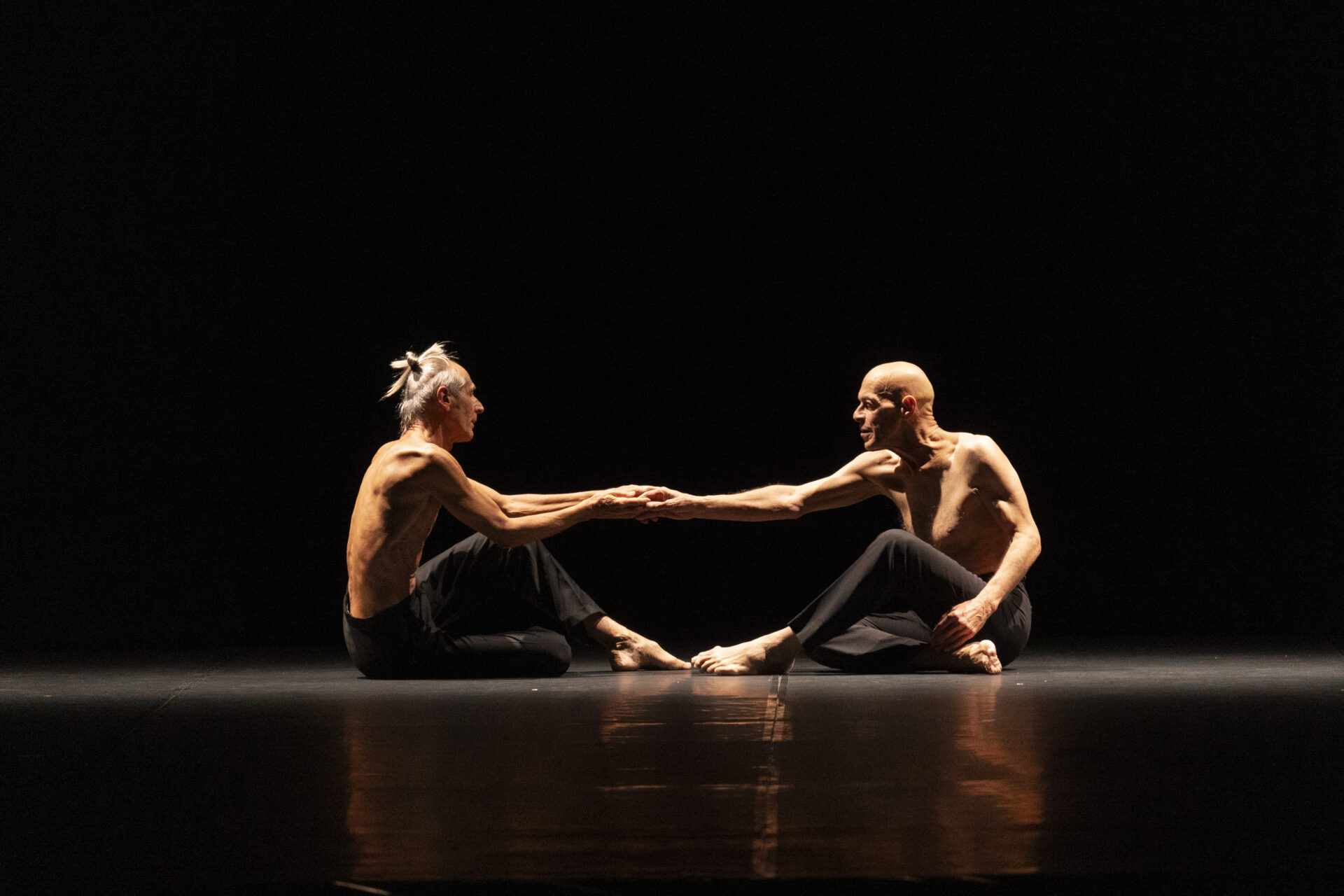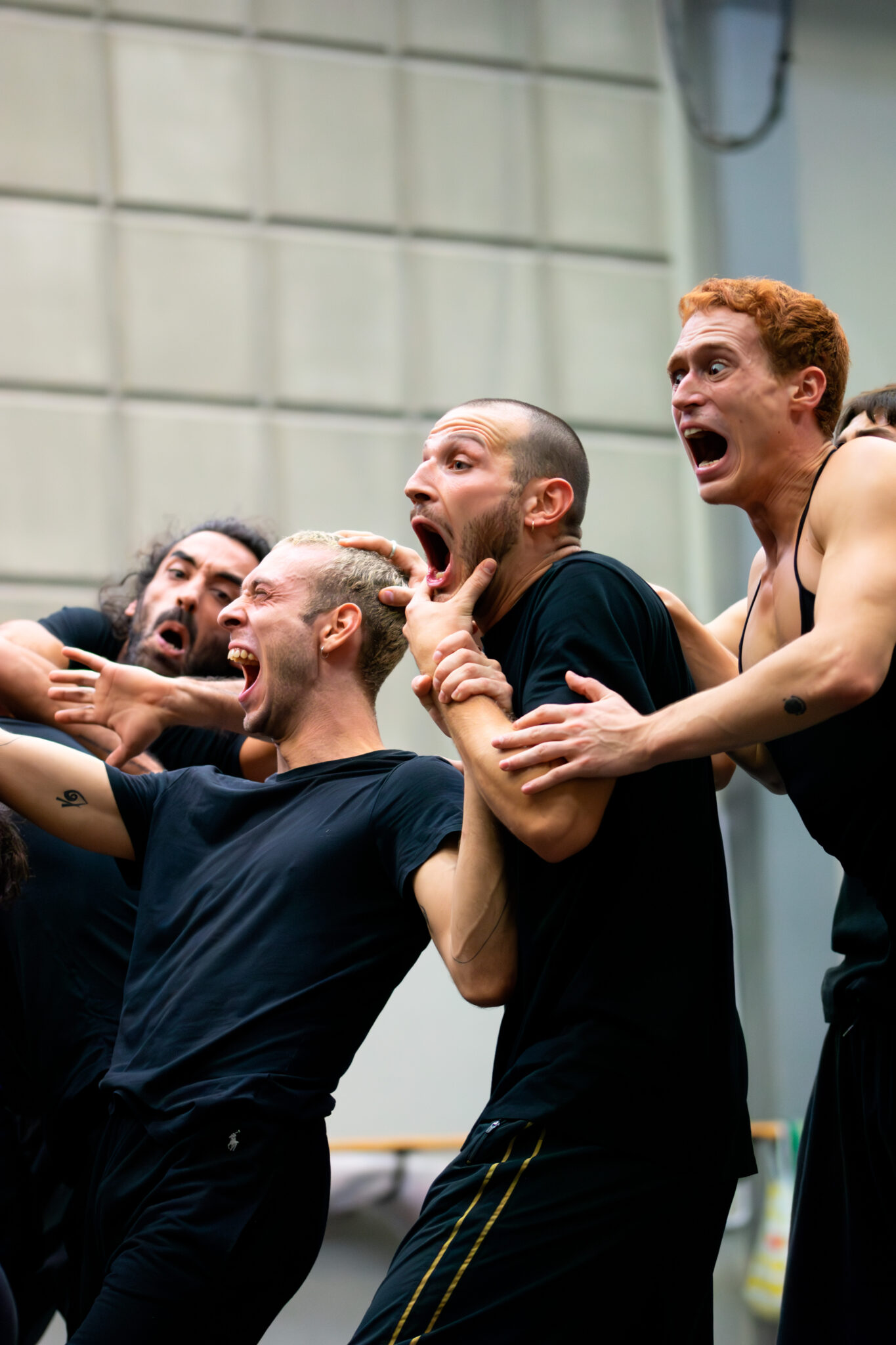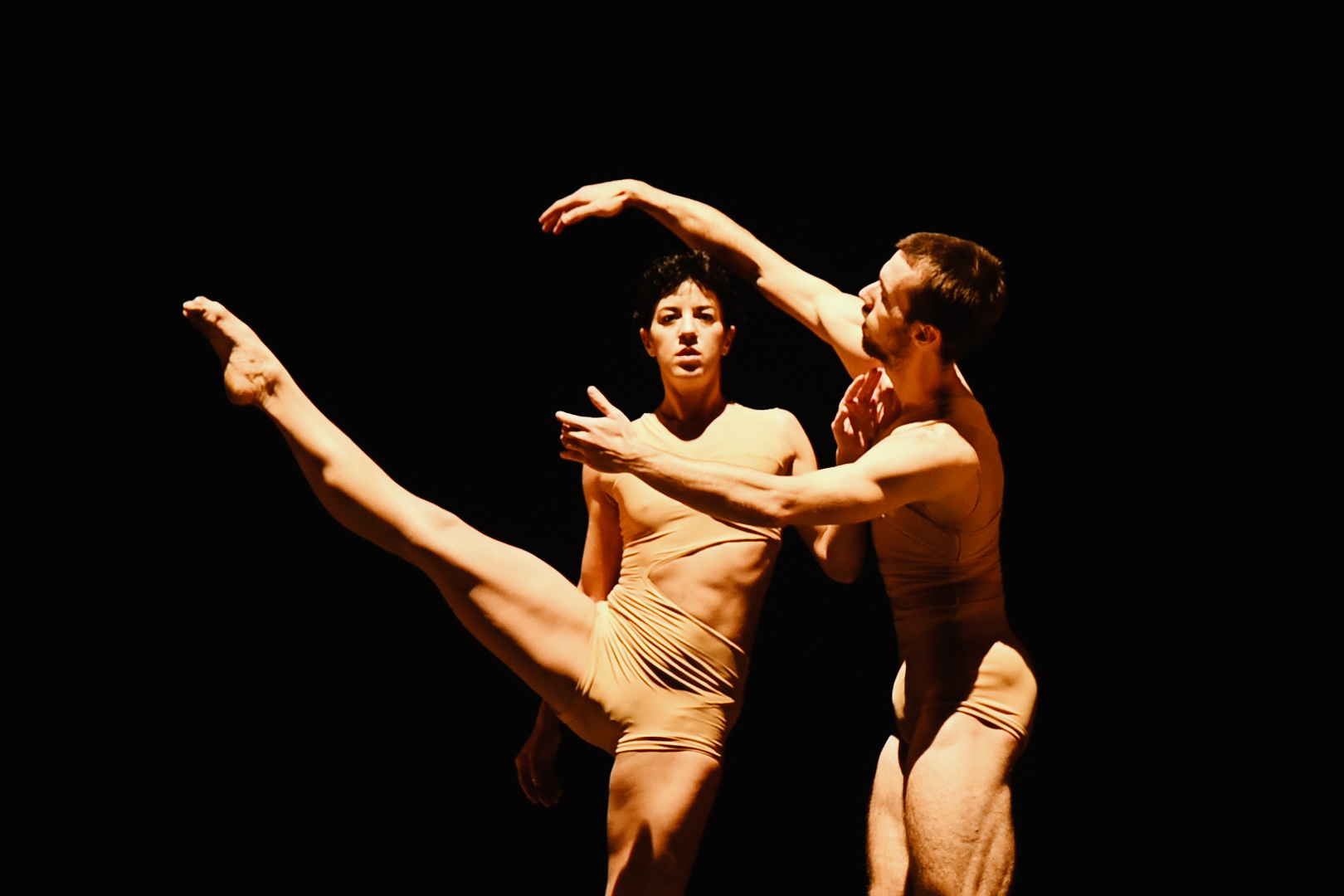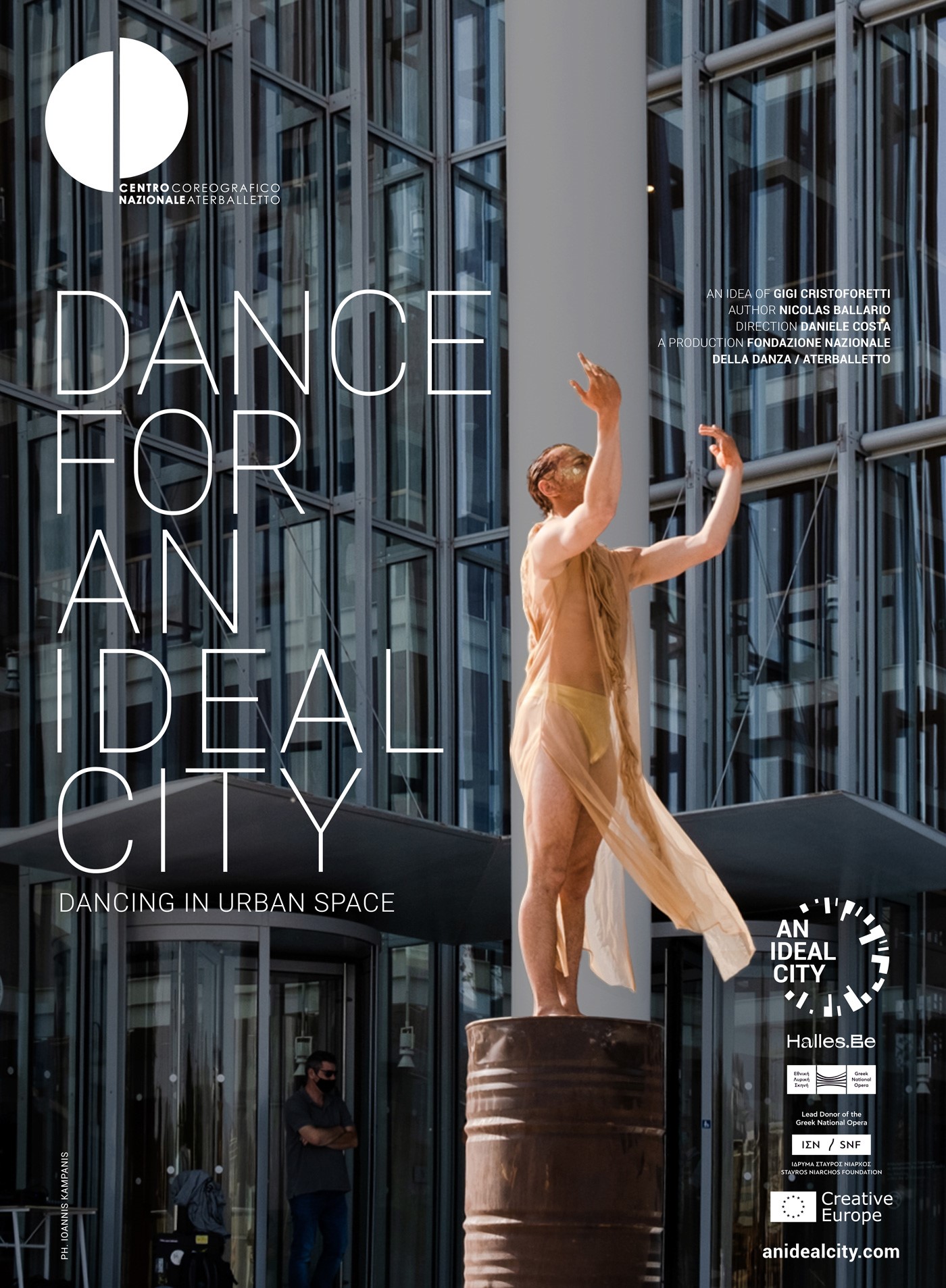NOTTE MORRICONE BY MARCOS MORAU
On Monday, April 8th, at 2:30 PM, at the Sala Stampa Estera in Rome, we presented Notte Morricone, the new creation that celebrates the indelible artistic legacy of the Oscar-winning Ennio Morricone, thanks to one of the foremost international choreographers, Marcos Morau.
The show is the result of interdisciplinary collaborations among dance, music, and theater realities.
Two main co-producers: Macerata Opera Festival (outdoor debut: August 1st, 2024) and Teatro di Roma (indoor debut: October 24th at Teatro Argentina, where the performances will continue until november 10th). The other co-producers are the Foundation I Teatri di Reggio Emilia, Centro Servizi Culturali Santa Chiara di Trento, Centro Teatrale Bresciano and Ravenna Festival, which has provided the Orchestra Giovanile Luigi Cherubini for the recording of the score, adapted and transcribed by the Maestro Maurizio Billi.
After collaborating with some of the most renowned international choreographers such as Jiří Kylián, Ohad Naharin, and Johan Inger, CCN/Aterballetto now turns to Marcos Morau, one of the most sought-after choreographers in the contemporary scene. The Spanish author, with his visionary power and the ability to transfigure musical universes, proposes a unique evening intertwining dance, visual arts, and cinematic suggestions. According to Gigi Cristoforetti, director of the Center, “thanks also to the collaboration of important production partners, some of whom have been faithful over the years, others brand new and arrived for the occasion, CCN/Aterballetto faces its most ambitious challenge.”
With an innate tendency to reconcile very different vocabularies and ideas, Marcos Morau is an artist capable of deeply questioning contemporaneity, of which he is an intense choreographic voice, but not only. In him, the theme of the hybridization of languages is “native,” as we could say borrowing the expression used for millennials and their digital practice.
So Morau describes his relationship with the Maestro’s music: “People often ask me what music I listen to, what music inspires or accompanies me in my daily life, and I always answer the same way: from classical music to new contemporary waves, I draw inspiration from many different sources, and Ennio Morricone is always at the top of the list.”
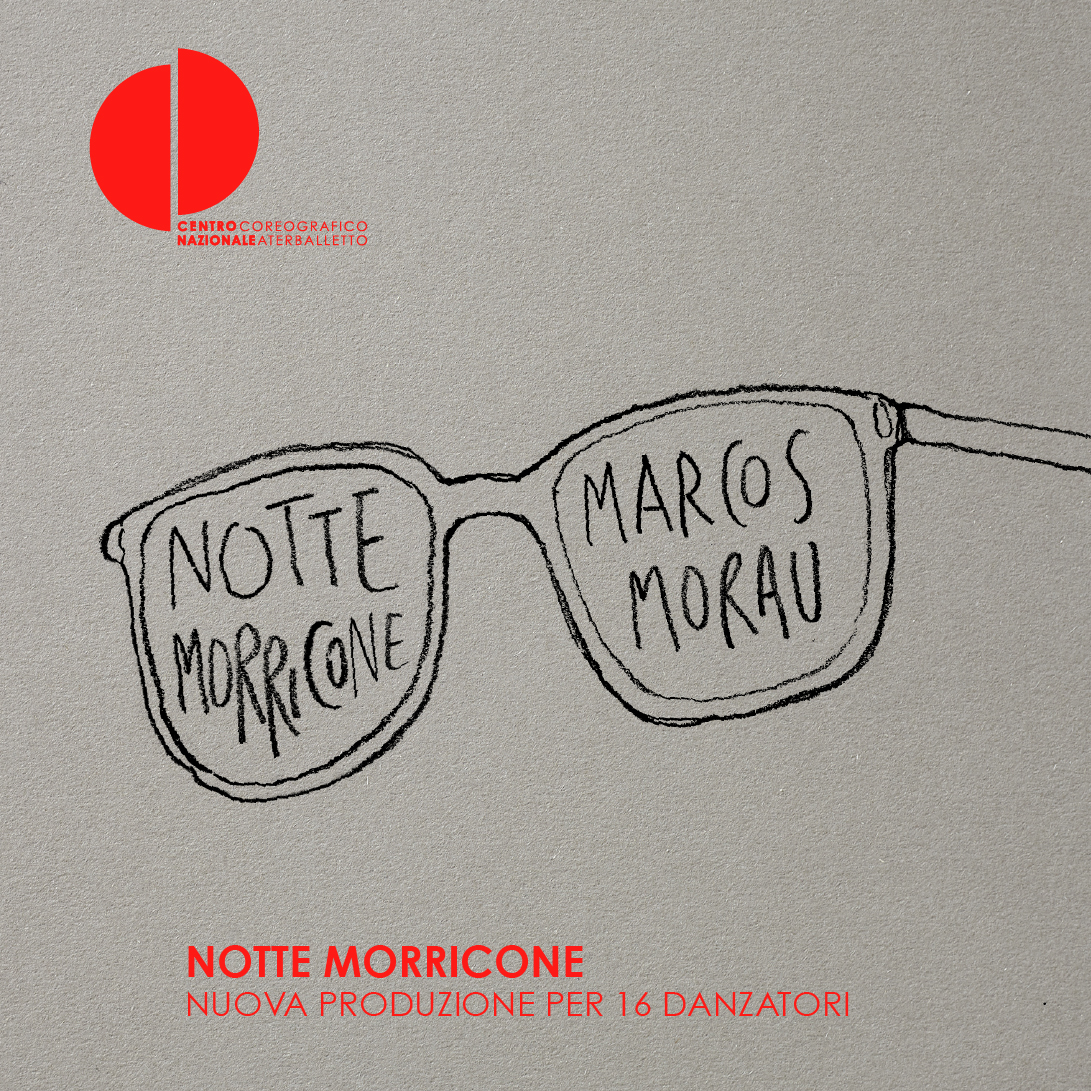
THE STAGES AND PARTNERS OF NOTTE MORRICONE
The production sees important collaborations with national entities, such as the Macerata Opera Festival, where the work will have its outdoor debut on August 1, 2024, at 9:00 PM.
In October, it will be the Fondazione Teatro di Roma, co-producer of the project, to host the first indoor performance on October 24, and the subsequent repeats, from October 25 to November 10, 2024, at the Teatro Argentina. In this context, Notte Morricone will be co-presented by the prestigious Festival Romaeuropa.
Among the supporters of the work, prominent national entities include the Fondazione I Teatri di Reggio Emilia, the Centro Servizi Culturali Santa Chiara di Trento, the Centro Teatrale Bresciano, and Ravenna Festival, which has provided the Orchestra Giovanile Luigi Cherubini, entrusted with the recording of the score, adapted and transcribed by Maestro Maurizio Billi.
News
Viva la Danza: primetime on Rai 1 with Roberto Bolle”
Among the great performers of Roberto Bolle's Gala - airing on April 29th on Rai 1 - is also the Aterballetto Company with 'Rhapsody in Blue'.
ITALIA DANZA: THE SECOND EDITION
From Sofia to Madrid, passing through Oslo and Cologne: this is the second phase of Italia Danza, on stage from April 27th to May 24th, 2024.
‘Rhapsody in Blue’ at the Baths of Caracalla
On April 13th, the Aterballetto Company will perform in Rome to inaugurate the Water Mirror at the Baths of Caracalla.
NOTTE MORRICONE BY MARCOS MORAU
We have officially presented the new production signed by Marcos Morau, paying tribute to the genius of Maestro Ennio Morricone. On stage on August 1st at the Macerata Opera Festival and from October 24th to November 10th at the Teatro Argentina in Rome."
“Se danzare non mi basta”: Cristina Bozzolini at Fonderia to present her book
Friday, April 5th, at 7:00 PM > Cristina Bozzolini and Maria Luisa Buzzi present Cristina Bozzolini's book to the public, edited by the critic and journalist Silvia Poletti.
D&D DANCE PILLS: THE FOURTH EPISODE ABOUT ‘NOTTE MORRICONE’ BY MARCOS MORAU
In the fourth episode of "D&D Dance Pills," Maria Luisa Buzzi interviews Marcos Morau, the author of 'Notte Morricone', a new creation set to debut on August 1st at the Macerata Opera Festival.
“DANCE IN THE FONDERIA: MARCH GUESTS”
The 'Dance in the Fonderia' season continues in March: discover the scheduled events.
CALL FOR A SITE-SPECIFIC PROJECT – 2024
The CCN / Aterballetto is looking for 1 male dancer and 1 female dancer for a new site-specific creation. Send your CV!
“RHAPSODY IN BLUE” DEBUTS IN PARMA ON SATURDAY, FEBRUARY 17th.
The new creation by Iratxe Ansa and Igor Bacovich for the Aterballetto Company is gearing up for its world premiere: it will open the Dance Season at the Teatro Regio in Parma on Saturday, February 17th.
D&D DANCE PILLS: The third episode on ‘Rhapsody in Blue’ by Iratxe Ansa and Igor Bacovich
In the third episode of "D&D Dance Pills," the editorial team interviews choreographers Iratxe Ansa and Igor Bacovich, creators of a new piece for the CCN/Aterballetto.
The CCN/Aterballetto takes part in DanzainFiera.
From February 23rd to 25th, 2024, the Fortezza da Basso hosts the grand national dance showcase. This year, the CCN/Aterballetto is also on the program.
Dance Pills: the second episode of the D&D series showcases the Aterballetto performers
For the second episode of 'DANCE PILLS,' Maria Luisa Buzzi interviews Sveva Berti and the dancers of the Company.
DANZA IN FONDERIA: FEBRUARY’S GUESTS
The 'Danza in Fonderia' program continues in February: discover the scheduled events.
Dance Pills: Danza&Danza launches a series of video interviews on CCN/Aterballetto.
For the first episode of 'DANCE PILLS,' Maria Luisa Buzzi interviews Diego Tortelli, our resident choreographer.
DANZA IN FONDERIA: January Events
Let's welcome the new year and open the new 'Danza in Fonderia' season with a schedule full of events for adults and children.
AUDITION CALL FOR 2024/2025 SEASON
We are looking for a male dancer for the 2024/25 season. Please send your CV.
CCN/Aterballetto: Heading into 2024
With 2024, we welcome a year full of new horizons, perspectives, debuts, and comprehensive projects.
Season’s Greetings from CCN/Aterballetto with ‘Golden Days’
The year 2023 concludes with 'Golden Days' by Johan Inger, taking place in Toulouse from December 20 to 23, and later returning to the Fonderia in Reggio Emilia on January 12, 2024.
MICRODANZE ON STAGE AT RAVENNA FESTIVAL IN THE DOMUS DEI TAPPETI DI PIETRA
From December 16 to 22, the prestigious archaeological site in Ravenna hosts two works by Diego Tortelli as part of the Ravenna Festival 2023 program.
DANCE AT THE FOUNDRY: DECEMBER EVENTS
In the holiday month, we invite you to the Foundry with three shows suitable for all ages, to spend precious moments at the theater with your loved ones.
ITALIA DANZA: A PROJECT OF THE GENERAL DIRECTORATE FOR PUBLIC AND CULTURAL DIPLOMACY
From November 28 to December 12, 2023, dance meets cultural diplomacy and travels with 'Italia Danza': the new project by the Ministry of Foreign Affairs and International Cooperation (Maeci), curated by CCN/Aterballetto.
Over Dance arrives in Milan: from December 3, performances and initiatives dedicated to longevity
December's stop in Milan is an opportunity filled with events and opportunities for discussion on the theme of longevity in relation to dance and the contemporary world.
NOVEMBER DANCE AT THE FONDERIA
In November, we open the doors of the Fonderia in Reggio Emilia for two contemporary dance events suitable for audiences of all ages.
CCN/ATERBALLETTO at Festival Aperto with MicroDanze and Over Dance
On Saturday, November 4th, CCN/Aterballetto has two performances at the Teatro Municipale Valli in Reggio Emilia as part of the Festival Aperto.
DANCE FOR AN IDEAL CITY: THE DOCUFILM THAT TELLS THE MICRODANZE
"Dance for An Ideal City" is the docufilm that, starting from the "MicroDances" project, explores the possibility of depicting the contemporary city through dance. Conceived by Gigi Cristoforetti and directed by filmmaker Daniele Costa and art critic Nicolas Ballario, it is screened for the first time on October 29th in Modena, as part of the Cinedanza festival.
